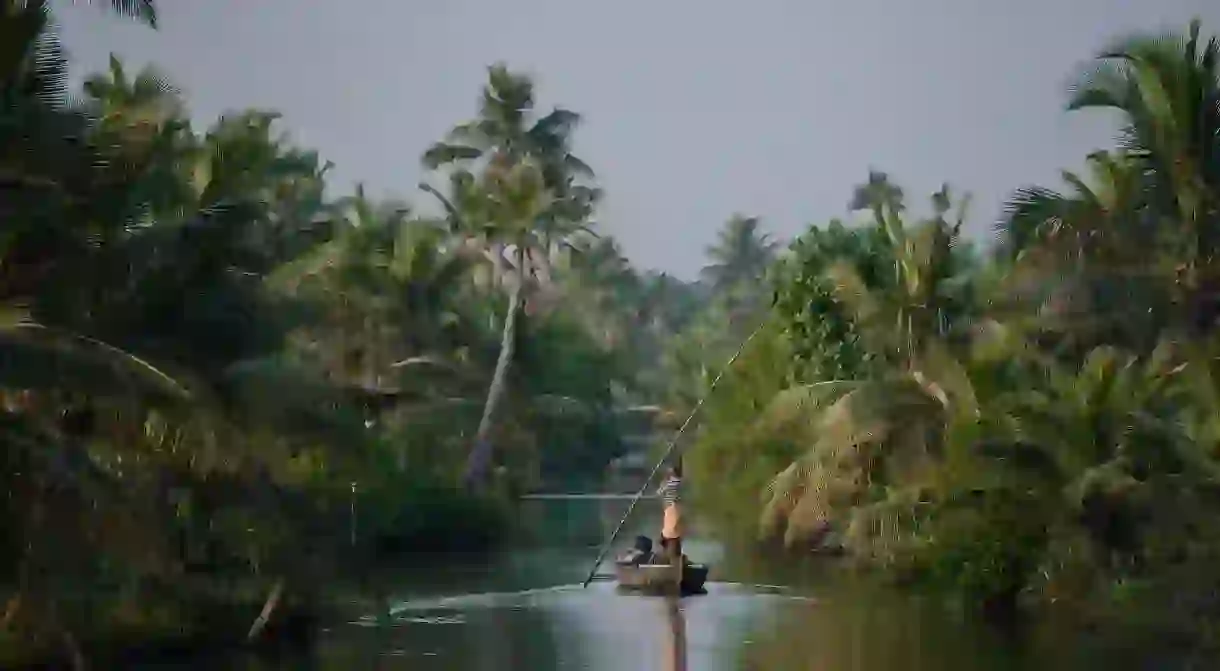The Most Unique Islands to Visit in India

While island-hopping might not be the first thing you’ll think about when it comes to planning a trip to India, you might be surprised what the country has to offer in terms if off-shore idylls. Blessed with a huge coastline and more than 1,000 islands, you’ll find spectacular sites for diving and coral reef-spotting, as well as wildlife havens and much more. Read on to discover five islands which are guaranteed to add a unique flavour to your trip.
Majuli Island, Assam
Natural Feature

Located on the mighty Brahmaputra River, Majuli is the biggest river island in India. It has a considerable population, mostly made up of tribal groups. A cradle of Vaishnavite culture, Majuli is home to many satras, or Vaishnavite monasteries – many of them dating back centuries. Handlooms, traditional masks for cultural celebrations and huge spreads of wetlands ideal for bird spotting (both migratory and indigenous) make this island a stunning experience. A beautiful reservoir of culture and tradition, many are now pushing for Majuli to be declared a UNESCO World Heritage site. Though it grapples with flooding frequently, the residents of Majuli and nature have found a charming way to co-exist.
Munroe Island, Kerala
Natural Feature
Named after Resident Colonel John Munro of the erstwhile princely state of Travancore, Munroe Island is located where the backwaters of Ashtamudi Lake and Kallada River combine. A popular spot for canal cruises, it is a quaint island where you can observe the coir-retting and weaving process, once the biggest source of revenue for the inhabitants of the islands. Migratory birds can also be spotted on the island. Munroe Island is especially known for being an ideal viewing spot for the Kallada Boat Race – a popular race in South India consisting of 12 snake boats.
Netrani Island, Karnataka
Natural Feature
Approximately 20 kilometers from the coast of Karnataka in the Arabian Sea, Netrani is known for its diving facilities. You’re likely to spot a few whale sharks, and the coral reef here offers lovely views of corals, eels, parrot fish and trigger fish, among others. Interestingly, this small island was once used by the Indian Navy for target practice, and it is still not advisable to visit without permission. Weather-wise, December and January are the best months in which to visit Netrani if you’re hoping to snorkel and dive.
Chorao Island, Goa
Natural Feature

First known as Chudamani (stunning precious stone) in Sanskrit, then later as Ilha dos Fidalgos (Island of Noblemen) by the Portuguese who came after, Chorao is full of history and especially well known for the Salim Ali Bird Sanctuary. Divided by the river Mandovi, the island and its wildlife – including stunning birds and crocodiles in the mangroves – is best experienced from the comfort of a canoe. The island is also home to 16th-century Catholic churches and many temples – fascinating symbols of its Hindu and Christian history. The best time to visit Chorao Island is between November and April, so as to avoid the rainy season.
Narcondam Island, Andaman and Nicobar
Natural Feature
The island of Narcondam was formed by a now-dormant volcano, and is another excellent spot for budding divers – particularly thanks to the barrel sponges and amazing soft corals. HQ Pinnacle – a submerged rock formation – is home to plenty of dogtooth tuna and bigeye trevally and, if you’re lucky, you can spot whitetip and grey reef sharks, too. Narcondam is also home to the Narcondam hornbill, a bird endemic to the island.













